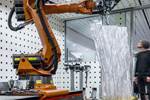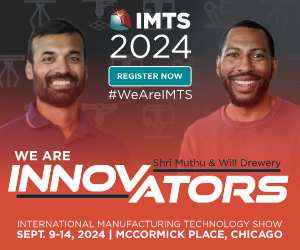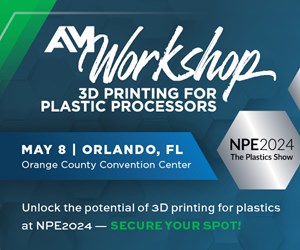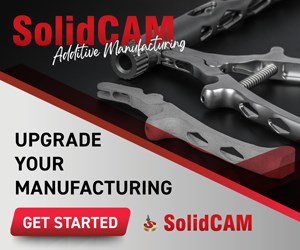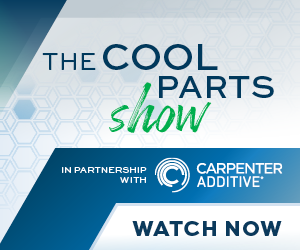Sintavia Increases Production Capabilities
Company says demand for aerospace additive manufacturing is booming.

Two of Sintavia’s M400 printers at its Hollywood, Florida, advanced manufacturing facility.
Sintavia LLC, an additive manufacturer supporting the aerospace, defense and space industries, has acquired two additional M400-4 quad laser printers from EOS GmbH of Krailling, Germany. The printers represent the seventh and eighth M400 printers operated by the company, as well as the 20th and 21st industrial printers it owns overall. The purchases follow Sintavia’s acquisition of an additional Arcam Q20+ electron beam printer from GE Additive.
“As we have grown over the past several years, we have shied away from issuing press releases when we acquire new equipment. In a normal year, these announcements are kind of boring. However, this is an unusual year and we feel it is important to let the industry know that demand for aerospace additive manufacturing is booming,” says Brian Neff, Sintavia’s CEO. “The global pandemic has turned the traditional aerospace supply chain on its head, creating real opportunities for companies like Sintavia to offer high precision solutions to OEMs worldwide. The EOS M400-4 is the workhorse of our factory, and we continue to see great results with it.”
The company says it expects to add an additional 6-8 large industrial printers by the end of 2021 and another 8-10 in 2022.
Related Content
-
How to Build 10,000+ Shot Molds in Hours
Rapid tooling isn’t so rapid when it takes days to 3D print a metal mold, and then you still must machine it to reach the necessary tolerances. With Nexa3D’s polymer process you can print a mold in hours that is prototype or production ready and can last for more than 10,000 shots.
-
Understanding HP's Metal Jet: Beyond Part Geometry, Now It's About Modularity, Automation and Scale
Since introducing its metal binder jetting platform at IMTS in 2018, HP has made significant strides to commercialize the technology as a serial production solution. We got an early preview of the just-announced Metal Jet S100.
-
How Siemens Energy Applies Additive Manufacturing for Power Generation and More
At an applications center in Orlando, Florida, a small team of AM specialists is spanning industries by 3D printing parts to support both Siemens Energy power generation systems and external customers.

